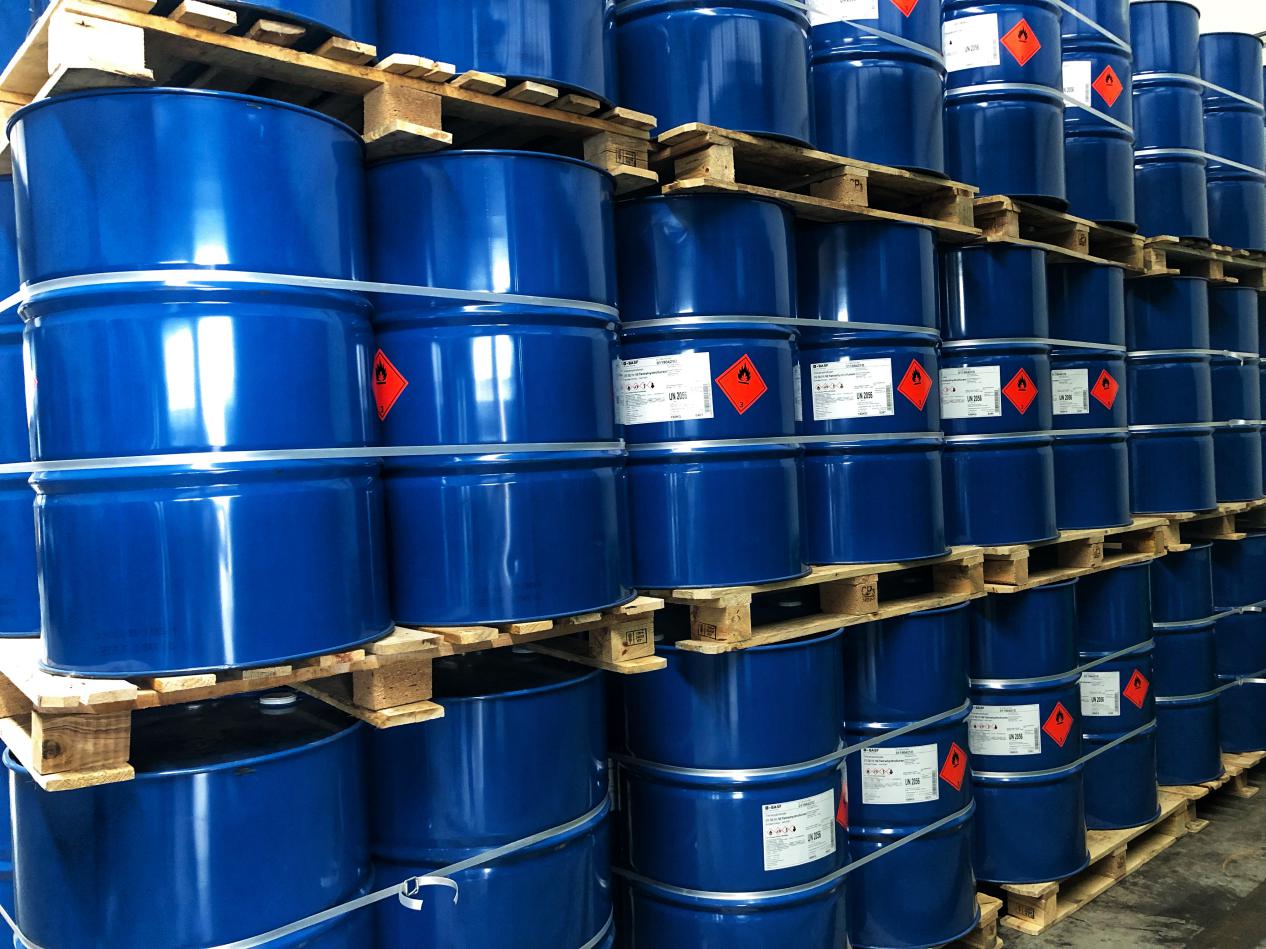Sceneway is mainly engaged in chemical solvents such as n-heptane, n-hexane, n-octane, isooctane, MTBE, DMF, etc. All SceneWay products have passed TFS certification and obtained ISO9001: 2015. Sceneway created independent warehouses and leased storage tanks in two advanced cities to effectively serve customers and deliver goods in a timely manner.
The Sceneway R & D and technical team conducted extensive research on the tetrahydrofuran market, focusing on the pattern of suppliers, regional expansion, major market segments, rising trends and key opportunities, and other important topics. Emphasizes the powerful factors that increase the demand for tetrahydrofuran market, and even hinders the growth of the global market. It is a useful resource for participants to determine the major growth potential of the tetrahydrofuran market. In addition, it provides accurate market size and CAGR forecasts for the tetrahydrofuran market and its market segments. This information will help players formulate growth strategies for the next few years accordingly.
The factory Sceneway analysts conducted in-depth research and analysis on the market growth of the major players in the THF market. For the company’s analysis of market leaders, parameters such as market share, business expansion plans, key strategies, products and applications are considered. The analysis part of the report can help participants understand their position in the tetrahydrofuran market.
Based on the market size and other key factors, an in-depth analysis of all product types and application segments of the tetrahydrofuran market included in the report:
1. Time series
Time series refers to a sequence formed by arranging the various values of a certain statistical indicator of a phenomenon at different times in chronological order. Time series method is a quantitative prediction method, also known as simple extension method. It is widely used as a commonly used prediction method in statistics. Time series analysis was applied to economic forecasting before the Second World War. During and after World War II, it was more widely used in military science, space science, weather forecasting, and industrial automation. Time series analysis (Time series analysis) is a statistical method for dynamic data processing. This method is based on stochastic process theory and mathematical statistics methods to study the statistical laws followed by random data sequences to solve practical problems.
2. SWOT analysis
SWOT (Strengths Weakness Opportunity Threats) analysis method, also known as situation analysis method or advantage and disadvantage analysis method, is used to determine the competitive strength (strength), competitive weakness (weakness), opportunity (opportunity) and threat (threat) of an enterprise Thus organically combining the company’s strategy with the company’s internal resources and external environment.
3. PEST analysis
PEST analysis refers to the analysis of the macro-environment, P is the political system, E is the economic, S is the social, and T is the technological. When analyzing the development environment of an industry, it is usually through these four factors to analyze the situation faced by companies in the industry.
4. Porter’s five force model
Porter’s five-force model belongs to the micro-analysis of the external environment analysis method in a certain sense, and a large number of different factors are collected in a simple model to analyze the basic competitive situation of an industry. Porter’s five forces are: supplier bargaining power, buyer’s bargaining power, threat of potential entrants, threat of substitutes and competition between existing companies.
This model was proposed by Michael Porter in the early 1980s and has a global and far-reaching impact on the company’s strategy formulation. It is used for competitive strategy analysis and can effectively analyze the customer’s competitive environment. Porter’s “five forces” analysis method is a static cross-section scan of an industry’s profitability and attractiveness, indicating that the enterprises in the industry have an average profitable space, so this is a measure of the industry’s situation, not the enterprise A measure of ability.
5. SCP industry analysis model
The SCP (structure-conduct-performance, structure-conduct-performance) model was established by Bain, Scherer, and others from Harvard University ’s industrial economics authority. The model provides an industry analysis framework that can penetrate both specific links and system logic systems, namely: Industry Structure (Structure)-Enterprise Behavior (Conduct)-Business Performance (Performance). The basic meaning of the SCP framework is that industry structure determines the behavior of enterprises in the market, and enterprise behavior determines the economic performance of the market in all aspects. The SCP model is mainly used to analyze possible strategic adjustments and behavior changes of industries or enterprises when they are subjected to external shocks (mainly referring to changes in the external economic environment, politics, technology, cultural changes, consumption habits, and other factors of the industries or enterprises).
Industry structure: mainly refers to the possible impact of changes in various external environments on the industry in which the company is located, including changes in industry competition, changes in product demand, changes in market segments, changes in marketing models, etc.
Corporate behavior: mainly refers to the possible countermeasures taken by the company in response to external shocks and changes in the industry structure, including the integration of related business units, business expansion and contraction, transformation of operating methods, management changes, etc. Series changes.
Operating performance: Mainly refers to the changing trend of the company in terms of operating profit, product cost, market share, etc. in the event of changes in the external environment.
Tetrahydrofuran (THF) is an important organic chemical and fine chemical raw material. In recent years, the market value and production prospects of tetrahydrofuran have been continuously improved, and the demand has shown a gradual upward trend. Compared with tetrahydrofuran, it not only appears in common production processes. It has been widely used in the chemical industry, pharmaceutical industry, textile and military fields.
Post time: May-25-2020
